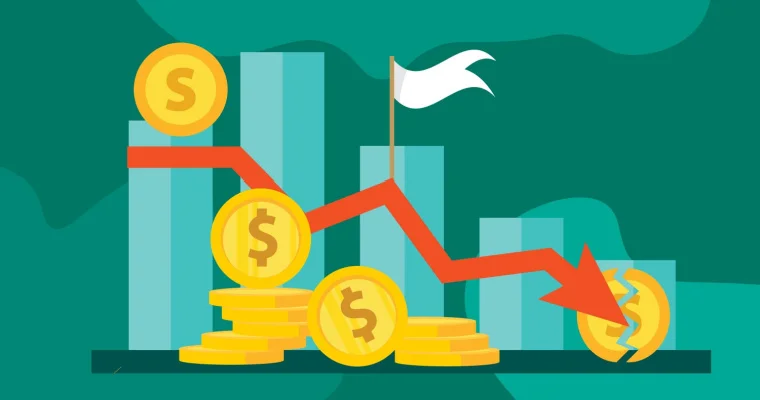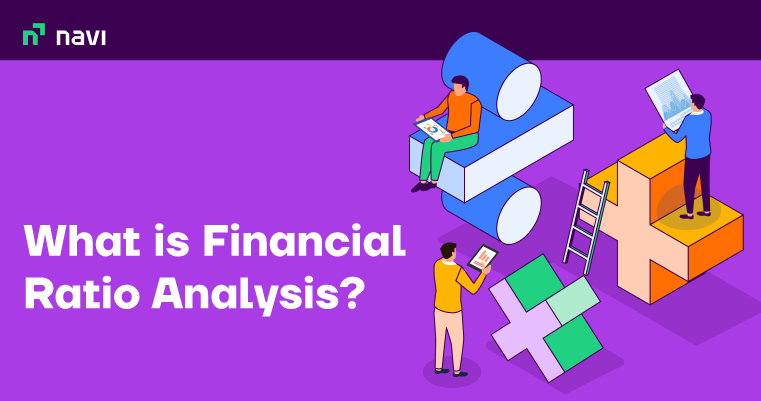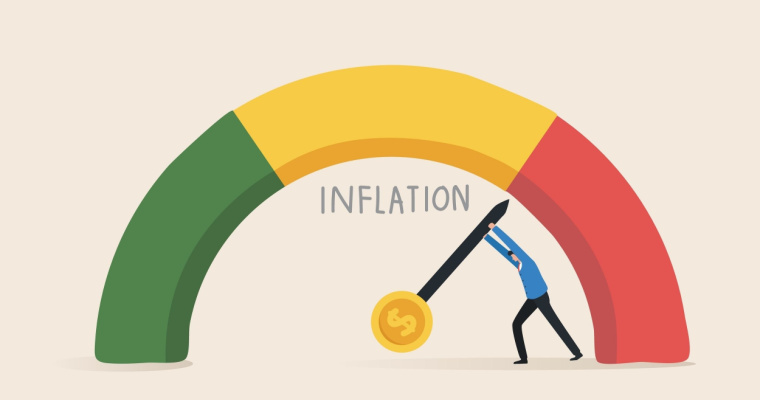What is Microfinance: Meaning, Types, Importance And How Does it Work

Small business owners and entrepreneurs in underdeveloped parts and hinterlands of India often do not have easy access to traditional financial resources and lending institutions. This may make it difficult for them to get loans, insurance policies, or investment plans that can help them grow. Microfinance or microcredit is a way to facilitate business owners and motivate them to accelerate business.
Under microfinance, these business owners can access loans, credit, saving accounts, insurance policies, and money transfers. Microfinance interest rates are higher than traditional personal loans. However, it is still an excellent option for those who cannot access traditional options. It contributes to the government’s vision of financial inclusion in the country.
What is Microfinance?
Microfinance is financial services that are offered to small-time businesspeople who otherwise don’t have access to traditional financial products. Generally, microfinance involves providing access to loans and lines of credit to small business owners.
Access to loans from traditional lending institutions could be difficult for most economically weaker sections. Microfinance allows them to start a new business, create a livelihood and boost their savings.
Individuals could invest the capital in their business and reap the benefits of a structured borrowing system. It also saves the hassle and risk of borrowing from friends and family. Microfinancing institutions also offer various other services like insurance, savings accounts, training in money management and other business skills, etc.
Types of Microfinance
The following items fall under the purview of microfinance:
- Micro loans: These are collateral-free loans offered to small businesses from underdeveloped sections. The primary objective of these loans is to benefit businesses by bringing them under the ambit of conservative bank loans.
- Micro savings: These are ‘no minimum balance’ accounts offered to entrepreneurs to reap an interest in savings and diligence with finances.
- Microinsurance: At a premium lower than traditional insurance, micro-loan borrowers can access insurance plans. This helps to cushion them against unforeseen circumstances.
Some microfinance options also require loan borrowers to take up lessons and training in cash-flow management or bookkeeping.
Also Read: Mahila Samriddhi Yojana: A Micro Finance Scheme For Women Entrepreneurs
Benefits of Microfinance
Access to financial credit with no collateral requirement helps those people get loans who do not possess any assets to pledge as collateral. Eligible candidates can get the benefits of microfinance with minimal paperwork and hassle-free processes. This enables them to become self-dependent quickly. In the case of an unexpected financial crisis, microfinance is an excellent way to sail through the challenges.
Not only do these loans help people meet financial needs but also promote entrepreneurship and self-dependence. This helps the country progress by reducing unemployment and encouraging businesses that add value to the economy. When microfinance beneficiaries succeed in their endeavors, they move to traditional banking institutions for future needs. This helps pump money into the economy.
In case you’re looking for urgent financing for your business, you can apply for Navi Personal Loan. Download the Navi app to get loans up to Rs.20 lakh with flexible EMI options up to 72 months.
How Microfinancing Works in India?
There are two main channels for microfinance in India. These include the SHG-bank (Self Help Group) linkage program and microfinance institutions.
SHG Bank Linkage program for microfinance:
This mode of microfinance involves the grouping of 10-15 economically-backward women who contribute their savings at regular intervals. These contributions are later disbursed as loans to members of the group. Later, they can also get bank loans that finance income-generating activities. This has been a successful microfinance model and contributed significantly to women’s empowerment in India.
Microfinance Institutions (MFI):
The primary function of MFIs is to offer microfinance. They act as an extension to banks and other lending institutions. They access financial resources from mainstream lending institutions and support the poor. Besides microcredit, they help poverty-stricken groups with savings accounts, insurance, remittances, etc. MFIs also help to support borrowers with training and counseling. They mostly use the joint liability group concept to offer credit. This model involves grouping credit applicants into informal groups of 5-10 members.
Also Read: Credit Guarantee Fund Trust For Micro And Small Enterprises
List of Microfinance Companies in India
Some companies that offer microfinance in India are below:
- Asirvad Microfinance Pvt Ltd
- Arohan Financial Services Pvt Ltd
- ESAF Microfinance and Investments Pvt Ltd
- BSS Microfinance Pvt Ltd
- Cashpor Micro Credit
- Fusion Microfinance Pvt Ltd
- Equitas Microfinance Pvt Ltd
- Bandhan Financial Services Pvt Ltd
- Disha Microfin Pvt Ltd
- Annapurna Microfinance Pvt Ltd
The following lenders partner with the aforementioned microfinance firms and offer microfinance in India:
- Reliance Money
- ICICI Bank
- State Bank of India
- DCB bank
- Axis bank
Final Word
Commercial banks, credit unions, NGOs, cooperatives, and sectors of government and private banks offer microfinance in India. More people from low-income groups can access funds to take up income-generating activities because of the increasing network of MFIs. The interest rates are increased because of the high chances of default, but most people move to traditional borrowing solutions. The high repayment rate of microfinance bears testimony to the approach’s effectiveness.
FAQs
Ans: You can apply for a micro-loan through the microfinance institution’s website. You will need to submit the application form along with the requisite documents. The amount will be released to your bank account upon verification of documents and loan approval.
Alternatively, you can visit the branch of the microfinance company and apply for a loan. You must submit physical copies of the necessary documents if you follow this route.
Ans: The high interest rates of loans offered by MFIs can be attributed to several factors. These include high costs of operation in rural areas, a high possibility of default, and the cost associated with processing smaller loans.
Ans: You will have to furnish the following documents to apply for microfinance loans:
Duly-filled microfinance loan application form
Copy of passport
Pan card copy
Proof of office address
Copy of 6 months bank statement
Audited financial statements for the previous 2 financial years
Passport-size photographs of the applicant
Ans: Eligibility criteria for microfinance loans include:
No loan from other MFI.
No pending loan amount over 1 lakh.
No steady income through a job or business.
You must also submit all the necessary documents at the time of the application.
Ans: Yes, microfinance loans play an important role in helping women entrepreneurs create livelihood and achieve financial independence. Globally, women are significant beneficiaries of microfinance.
Before you go…
- Looking for instant ? personal loans 24*7 anywhere, anytime? Install the Navi app now!
- Or, maybe you’re looking to buy that house you’ve been eyeing ? and
you need a loan of up to Rs.10 crore. Install the Navi app now and get instant in-principle approval right away! Interest rates starting at 6.95% p.a. - How about an affordable health insurance policy ?⚕️ starting at a monthly premium of just Rs. 241? Install the Navi app now and get your policy in under 2 minutes.
- Instead, want to put your savings into action and kick-start your investment journey ? But don’t have time to do research. Invest now with Navi Nifty 50 Index Fund, sit back, and earn from the top 50 companies.
Disclaimer: This article has been prepared on the basis of internal data, publicly available information and other sources believed to be reliable. The information contained in this article is for general purposes only and not a complete disclosure of every material fact. It should not be construed as investment advice to any party. The article does not warrant the completeness or accuracy of the information, and disclaims all liabilities, losses and damages arising out of the use of this information. Readers shall be fully liable/responsible for any decision taken on the basis of this article.

Customer’s Feedback
No comments found.What is Primary Deficit? – Example, Formula & Measures
What is a Primary Deficit? Primary Deficit is the difference between the current year’s fiscal... Read More »What is Financial Ratio Analysis? – Objectives, Types and Uses
Ratio analysis is a process that allows people to assess the financial health of a company. Using t... Read More »Treasury Management – Its Functions, Types and Benefits
Even the most well-funded business can run into huge losses if it does not have the resources to fu... Read More »How Anti Money Laundering Combats Financial Crime?
Anti Money Laundering (AML) is a system of rules, laws, regulations, and procedures that financial ... Read More »What is Salvage Value and Why is it Useful?
Salvage value, also called scrap value, is the value of a specific asset after its useful life. In ... Read More »Key Difference Between Factoring and Forfaiting in Trade Finance
Factoring and forfaiting have grown in prominence as major sources of export financing. For the uni... Read More »What is Factoring and its Importance in Financial Management?
Factoring is a practice in which a company buys the accounts receivable of another company at a dis... Read More »What is Budget Surplus: Its Effects, Advantages and Impact with Examples
When the revenue of a government, business, or individual exceeds its expenses in a given period, i... Read More »What is Balanced Budget – Components, Importance and Examples
In financial planning or the budgeting process, a balanced budget is one in which total anticipated... Read More »What Does Inflationary Gap Mean in Macroeconomics?
In macroeconomics, the difference between current and potential GDP is known as a gap. This gap is ... Read More »What is Accounting Conservatism in Finance and How Does it Work?
Accounting conservatism involves a conservative set of accounting guidelines wherein the worst-case... Read More »Multiple Linear Regression (MLP) – Uses, Formula and Examples
Various statistical models help in establishing a relationship between different variables. Multipl... Read More »Top 10 Chit Fund Schemes in India in 2023
Chit funds are one of the most popular return-generating saving schemes in India. It is a financial... Read More »10 Best Gold ETFs in India to Invest in April 2023
Gold ETFs or Gold Exchange Traded Funds are passively managed funds that track the price of physica... Read More »10 Best Demat Accounts in India for Beginners in 2023
Creation of Demat accounts revolutionised the way trades were conducted at the stock exchanges. It... Read More »20 Best Index Funds to Invest in India in April 2023
What is an Index Fund? An index fund is a type of mutual fund or exchange-traded fund (ETF) that... Read More »Best Arbitrage Mutual Funds to Invest in India in April 2023
Arbitrage funds are hybrid mutual fund schemes that aim to make low-risk profits by buying and sell... Read More »10 Best SIP Plans in India to Invest in April 2023
What is SIP? SIP or Systematic Investment Plan is a method of investing a fixed amount in ... Read More »10 Best Corporate Bond Funds in India to Invest in April 2023
Corporate bond funds are debt funds that invest at least 80% of the investment corpus in companies ... Read More »10 Best Bank for Savings Account in India [Highest Interest Rate 2023]
Savings account is a type of financial instrument offered by several banks. It lets you safely depo... Read More »




















